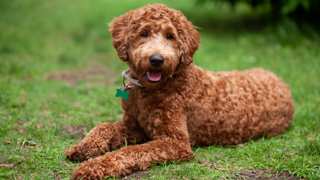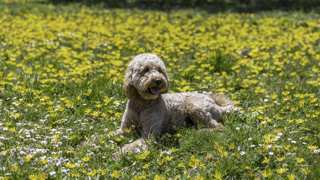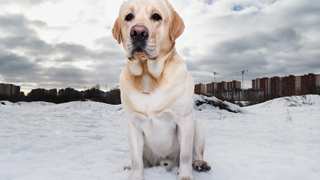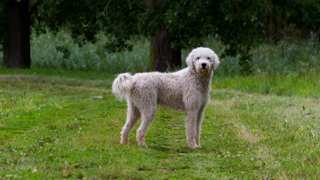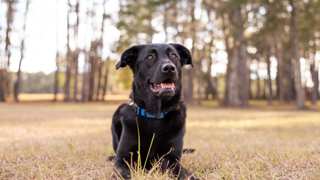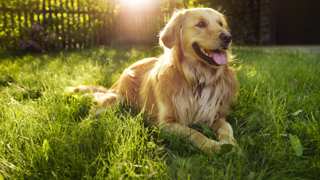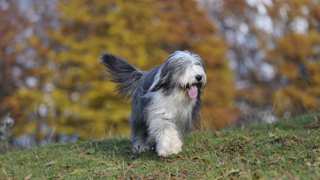If you have not yet wondered how much exercise does a Labradoodle need, you should research this. Your Labradoodle will be a fast-growing dog, but as a puppy, the exercise must be restricted. He'll walk around the house and yard, play-fight with his litter mates, and learn some easy tricks like fetching small, casually rolled balls. These all involve some activity, and that should be good enough for a puppy. The growth spurt he'll have, along with his developing skeleton, means his exercise should be moderated. Strenuous exercise can be immediately harmful as well as injurious in the future. Short walks outside should only be done after his vaccinations and no earlier than four months. Once he's about 5 to 6 months old, longer walks and more boisterous play are fine, but he should still be able to rest when he wants. When he reaches about 12 months, long walks and full exercise can be enjoyed.
If you have not yet wondered how much exercise does a Labradoodle need, you should research this. Your Labradoodle will be a fast-growing dog, but as a puppy, the exercise must be restricted. He'll walk around the house and yard, play-fight with his litter mates, and learn some easy tricks like fetching small, casually rolled balls. These all involve some activity, and that should be good enough for a puppy. The growth spurt he'll have, along with his developing skeleton, means his exercise should be moderated. Strenuous exercise can be immediately harmful as well as injurious in the future. Short walks outside should only be done after his vaccinations and no earlier than four months. Once he's about 5 to 6 months old, longer walks and more boisterous play are fine, but he should still be able to rest when he wants. When he reaches about 12 months, long walks and full exercise can be enjoyed.
Here are some exercises to consider for your 'Doodle:
- Walking: You can do this at least twice a day for no less than 30 minutes each. If you want to go three times, they'll probably love that too!
- Snow-tracking: Hiding one of their toys or a rawhide chew in the snow is sure to be great fun! This can be done in your back yard (so they can go off-leash) or on a long leash in a field or the woods.
- Jog: If you are the active type, jogging can be excellent for your Labradoodle in many ways.
- Swimming: It's a sure bet your 'Doodle will love a pond, lake, or slow-moving stream, especially if there's a dock for diving.
- Hike: If you have a nearby rural area, foothills, or a mountain range, there are sure to be trails that can make for a good jaunt.
- Bicycling: If you have a disciplined dog and a bike path, a biking session once a day (instead of one of the walks) can keep both of you in shape.
- Dog parks: These are great for discipline, freedom, fun, and above all, exercise, as contradictory as all that may seem.
There are sure to be times when you can't even get out for a daily walk, and you might live in an apartment or the city where a fenced yard is not available. You should have on hand a lot of toys, chewables, and agility puzzles. Hiding one or two toys can be good for a searching game, and agility puzzles with treats hidden in them can help to keep the boredom at bay. If you have a treadmill, this can work in lieu of walking. Of course, hiring a dog walker is also an option. Finally and above all, a managed diet and ample, fresh water will help greatly in keeping your dog healthy despite those days when proper exercise just isn't possible.

